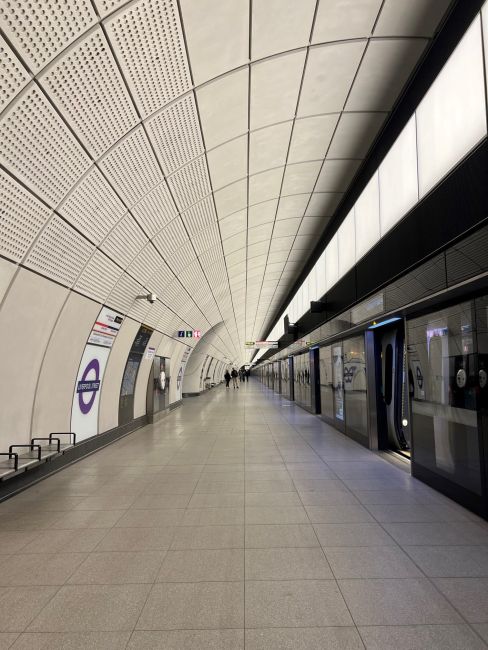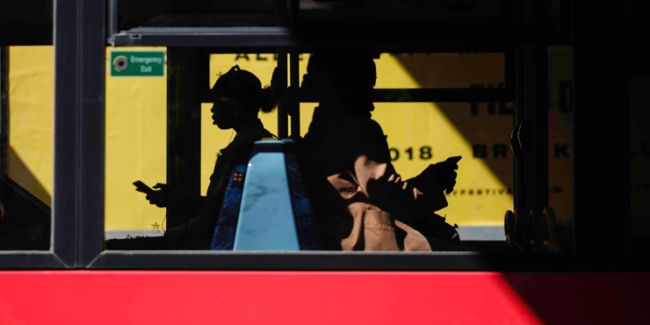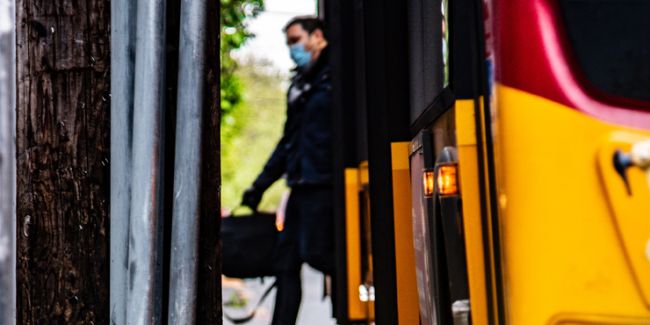The impacts of AVs on intercity travel
Steer co-presented with WSP a paper on the potential impacts of autonomous vehicles on intercity rail travel.

At the TRB Annual Meeting this year, Steer co-presented with WSP a paper on the potential impacts of autonomous vehicles (AVs) on intercity travel, or more specifically, on intercity rail travel. Passenger rail advocates tend to dismiss the question of whether AV may decrease rail demand – arguing AVs are not a serious competitor in terms of speed, reliability and capacity; or that they do not compete with the same markets.
Transportation Network Companies (TNCs) are already taking high-speed rail (HSR) short-haul riders in Europe. Can intercity rail systems in the U.S. adapt and take advantage of that competition? In the U.S., ride-hailing and other shared mobility services are also stealing riders from transit agencies and regional or commuter rail services. A recent study from the University of Kentucky that looked at ride-hail and transit trends in 22 of the largest U.S. cities suggests that “for each year after TNCs enter a market, heavy rail ridership can be expected to decrease by 1.3%”. It doesn't take much imagination to see where this could lead once AVs take over the auto fleet and can reach further, faster. It won’t be just the commuter rail market who will be threatened, but the long distance market as well. This has direct policy implications for Amtrak and its under-utilized corridors, and for any new rail corridors.
There are tremendous untapped opportunities that AVs and other disruptive technologies can bring to rail. Passenger rail transportation professionals should embrace those new technologies and move forward with them rather than ignore them. Travel time is one of the most significant factors impacting market share. AVs are unlikely to compete for travel between distant hubs, as auto travel times will be much longer than HSR bypassing the congestion in each urbanized area. AVs at the urban scales will facilitate accessibility to rail. AVs will also revolutionize public transit and HSR as we know it. Fixed-route transit operators might be the first to implement true driverless technologies as they operate in a known environment (in contrast with private cars whose driving environment is always changing and new). Adding autonomous features to trains will also reduce operating costs, while new autonomous public transit systems including fleets of shared AVs can make HSR more flexible and accessible. Autonomous trains may add capacity, increase speed, and improve reliability so that mass public transportation services such as HSR remains competitive with autonomous private vehicles.
The ability to tolerate longer trips in an AV than current driving allows will also trigger more vehicle miles traveled (VMT) and stretch the distances people might travel for economic and social opportunities. More urban sprawling is plausible, but this phenomemon might increase the catchment area of HSR systems, potentially making it more attractive and improving accessibility to and from underserved areas. Combined, those impacts have the ability to greatly increase demand for intercity rail travel. But those impacts are based on scenarios that haven’t materialized yet, and even if they do, they might well be negated by the larger market share that AVs will take on intercity travel.
As such, states across the country and cities need tools that help them ensure sustainable travel modes are prioritized over single occupant vehicles. Steer can provide insightful modeling tools and propose policy insights as policymakers debate mobility solutions for streets and highways that will only become more congested with time.
Read the full TRB paper here. To learn more, contact Lucile Kellis at [email protected].





















